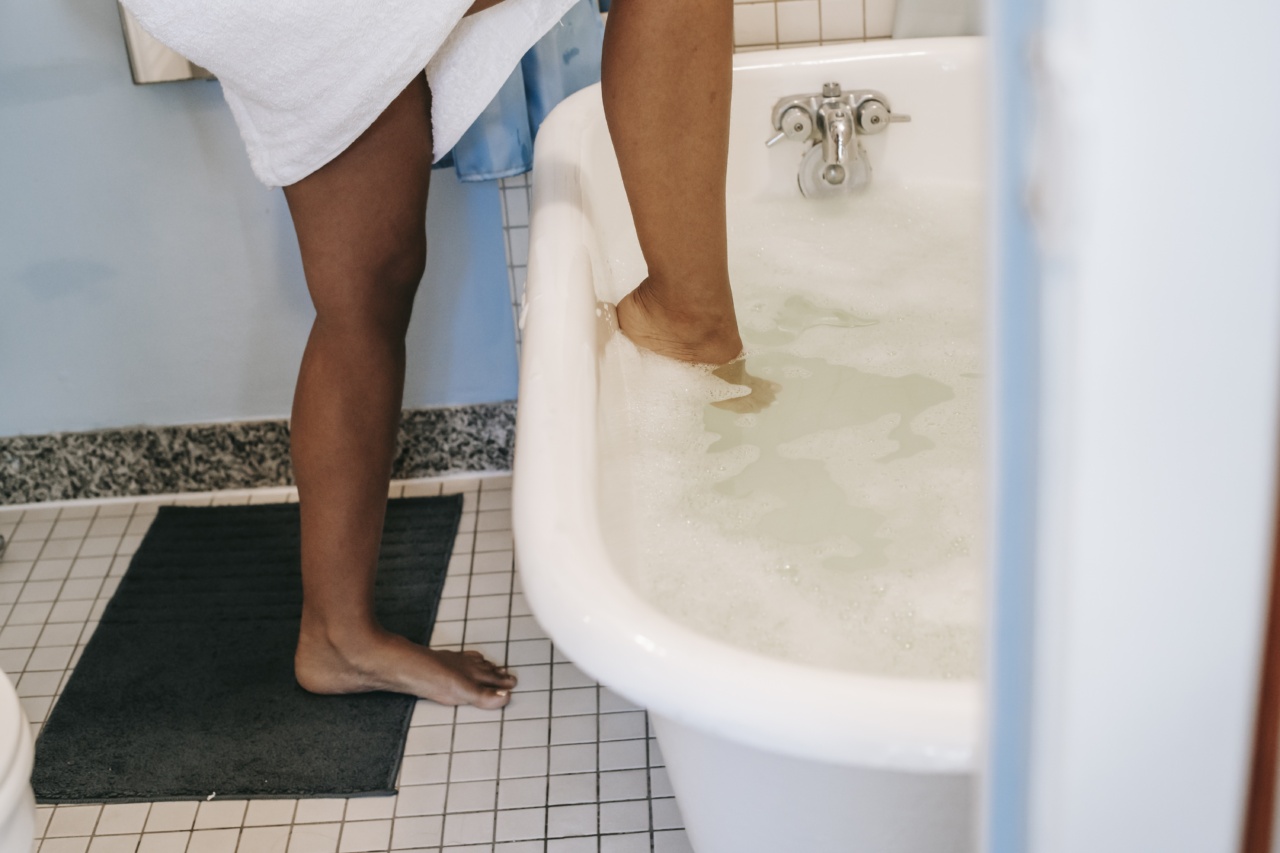Blisters are a common skin problem that can occur on any part of your body, including your legs. They can be caused by a variety of factors, such as friction, burns, and insect bites. Blisters are typically filled with fluid and can be painful.
If you have blisters on your legs, here are five tips for treating them:.
1. Don’t Pop Them
It may be tempting to pop your blisters to get rid of the fluid and alleviate the pain, but it can be harmful to do so. Popping blisters can increase the risk of infection, delay healing, and cause scarring.
If your blister is not causing you discomfort, leave it alone and let it heal on its own.
2. Keep Them Clean and Dry
Keeping your blisters clean and dry can help prevent infection and promote healing. Wash the affected area with soap and water and pat it dry with a clean towel. Avoid rubbing the area as it can cause more irritation.
If your blister is exposed to moisture, such as sweat or water, dry it thoroughly with a clean towel.
3. Apply a Topical Treatment
You can ease your discomfort and speed up healing by applying a topical treatment to your blister. There are many over-the-counter creams and ointments that can help soothe the skin and promote healing, such as petroleum jelly and aloe vera gel.
If your blister is particularly painful, you can also apply a numbing cream or spray.
4. Protect Them with Bandages
If your blister is in an area that is prone to friction or rubbing against your clothing, you can protect it with a bandage. Choose a bandage that is specifically made for blisters as it will have a cushioning effect and will not stick to the wound.
Change the bandage daily or whenever it becomes dirty or wet.
5. Let Them Breathe
It’s essential to give your blister some time to breathe to promote healing. Avoid wearing shoes or clothing that compress the affected area as it can increase the pressure and lead to more blisters.
If possible, wear open-toed shoes or sandals to allow the air to circulate around the blister.






























